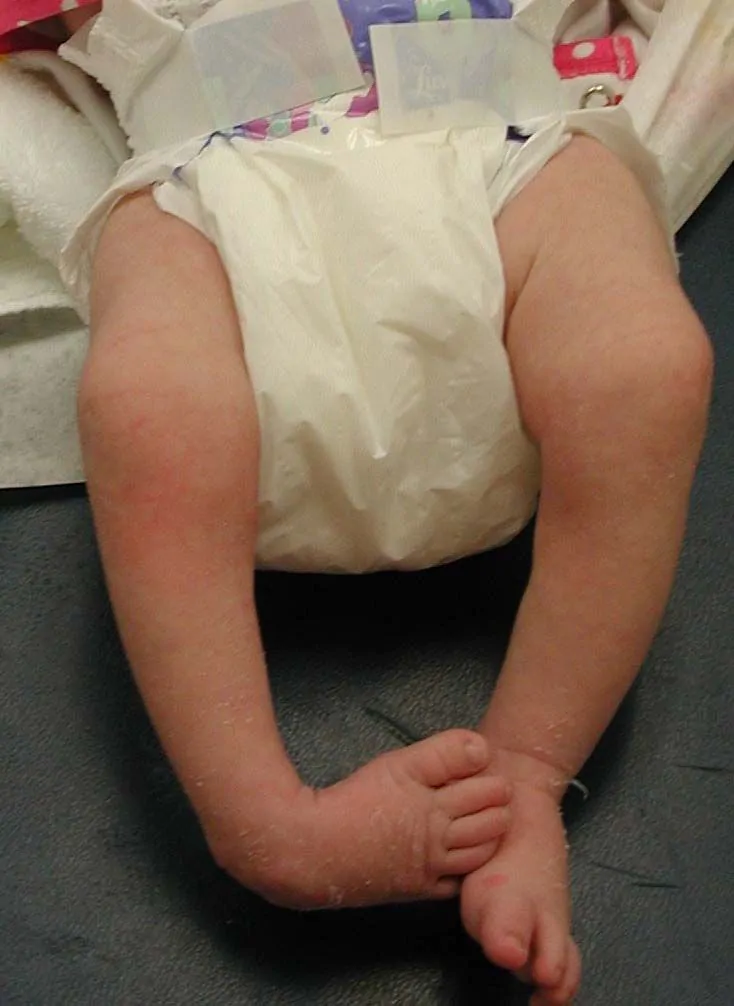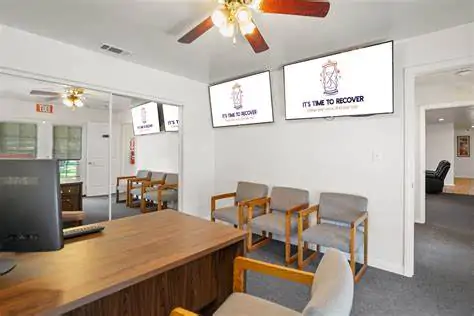Newborn baby with clubfoot

One in 1,000 babies is born with a leg – one leg bends down and inwards. Boys are more influential than girls, and may have shoes when they have other family members.
Real metatarsus adductus begins in the early stages of development and may have something to do with the position of the legs as the baby grows in the mother’s womb. The joints and spreads on the back and inside of the foot grow more slowly than others, resulting in a normal shape. If the club’s feet are heavy, it can also affect the growing bones.
Sometimes clubfoot can only come out of a child’s bed. This is a variation of what is called postural club fit, not actual club fit. Unlike real shoes, connections and spreads are normal, so a pediatrician can correct a child’s feet by moving them.
In fact, there are issues like space change. These include metatarsal joints and other corrective foot disorders, as well as torticollis. In each case, they have seized it, despite obstacles we can scarcely imagine. “Since the twins and the three are trapped in dense shelters, local variations are more common in these infants.
Most club legs appear at birth. The pediatrician examines the flexibility of small joints and joints and slowly tries to move his legs up and out. Club legs are similar, but can be moved to the normal position by “exactly right” – that is, with gentle rotation. One leg that cannot be normalized is the real foot.
What can I get?
With real club fit you should seek help from an orthopedic specialist. This should be done as soon as possible after birth. When you have a foot problem, such as a shoe, you can learn exercises to move the bones and legs to the correct position.
When should I see a doctor?
Clubfoot needs to contact an orthopedist when they cannot return to normal.
What do the tests and results mean?
Tests are usually not required to identify club feet. This is common in ultrasound after childbirth. However, it is possible to get an X-ray to see how well the ankle and foot bones are formed at birth.
What are the treatment options?
The lower spread and skeletal sections will be placed at the foot of the real club so that it is gradually extended. The cast can be removed and replaced as long as the small ties are not extended and the foot is kept in place. This is called serial casting. After believing that X-rays can be obtained at the casting site.
Half of all club feet are permanently repaired. But the other half needs surgery. This decision is usually made in 3 to 6 months. Depending on the severity of the club foot, the surgeon may perform the surgery after discovering that continuous casting has failed. In more severe cases, the surgeon may wait until the baby is 8-12 months old for surgery. Surgery involves cutting short connections and lengthening the spread. The leg is kept for 6-12 weeks after surgery. Once the form is obtained, the plastic paint can be used for the next few weeks or months.
The child may receive physiotherapy in conjunction with casting. Because casting limits the range of motion of muscles and joints, they can shrink over time.
What are the challenges?
Surgery may be needed if the club foot has not already been removed or if the child’s leg is severely injured. Walking on untreated clubfoot can cause skin cuts and long-term damage to the leg bones.




